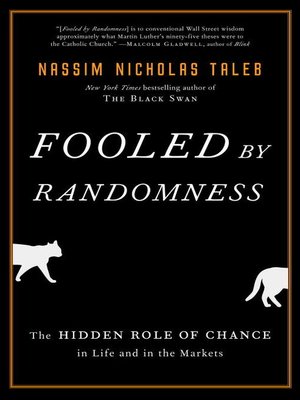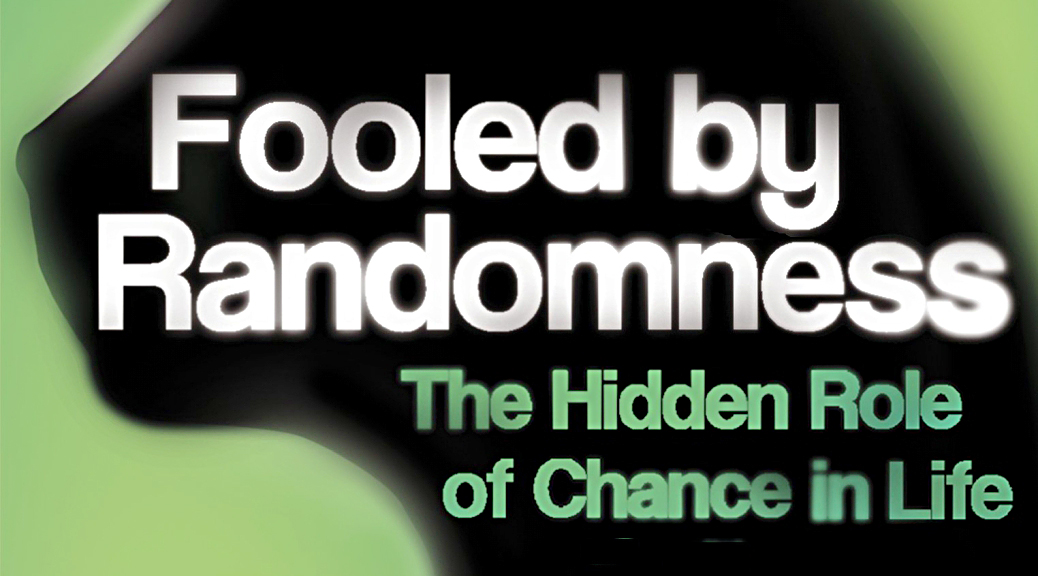

Given the topical breadth of Fooled by Randomness, it’s no surprise that-despite being ridiculously informative and even funny at times-the book feels overwhelming and is a bit of a structural mess. I know I will be referencing mine (see below) regularly for years to come.

Suffice it to say, this is one book for which taking notes is imperative. Individually, any of these topics might warrant a standalone book. Over the course of 14 chapters readers will learn about Monte Carlo simulations, ergodicity, induction and the black swan problem, asymmetry and skewness, nonlinearity, skepticism and much more. The range of ideas and thinking tools introduced by Taleb are dizzying. Taleb’s objective, therefore, is to inform and equip the reader with the vast array of probabilistic thinking tools the author has collected over a lifetime of study and experience. Rather, Taleb’s insists that we are dangerously over-indexed on the former (determinism) and woefully ignorant of the latter (probability). There’s clearly a role for both, particularly where competent dentists are involved (a profession Taleb appears to admire and that is relatively resistant to randomness). Taleb doesn’t argue for one approach over the other, per se. Probabilistic thinking acknowledges luck, induction, coincidence, bias and cognitive blindspots, and uncertainty. Deterministic thinking involves certainty, causality, deduction, and an emphasis on skills and performance. This tension between deterministic thinking and probabilistic thinking is a central theme in Taleb’s book.

As such, we are prone to false narratives, cause-and-effect explanations and story-telling to make sense of the world we are inclined towards deterministic thinking and poorly wired for probabilistic thinking.

The central thesis of the book is that humans are poor judges of randomness and grossly underestimate its role and influence in everything. Fooled by Randomness by Nassim Nicholas Taleb (2004) is a book about the role of luck and uncertainty in our daily lives.


 0 kommentar(er)
0 kommentar(er)
